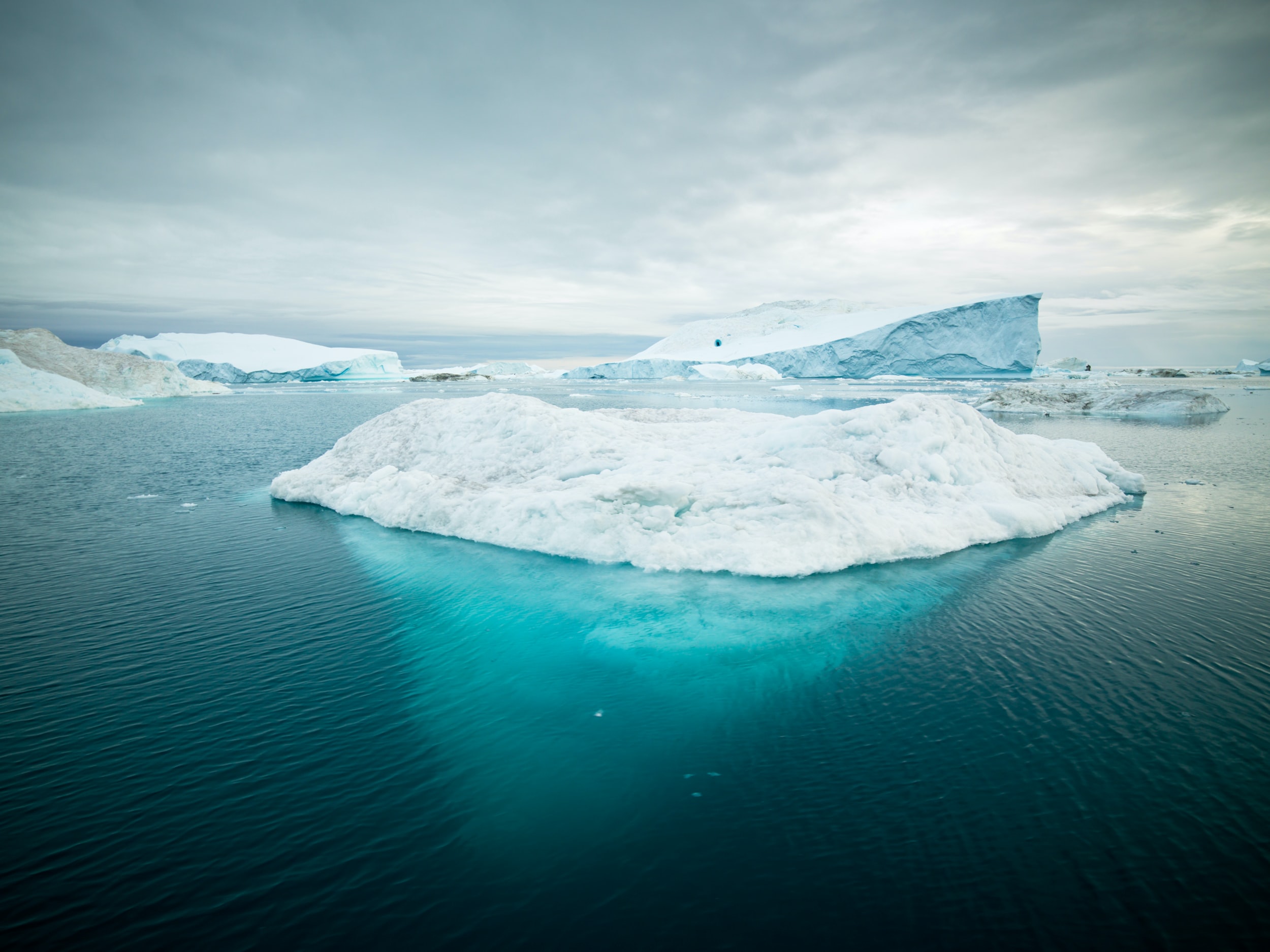Table of Contents
ToggleIntroduction
Antarctic sea ice is rapidly declining, and this trend is causing significant concerns for scientists and environmentalists alike. The loss of sea ice is not only causing a rise in sea levels, but it is also disrupting the balance of marine ecosystems. In this article, we will explore the reasons behind the declining Antarctic sea ice, its impact on the environment, and the steps we can take to mitigate this problem.
Why is Antarctic Sea Ice Declining?
The Antarctic sea ice is declining due to a combination of factors. The primary cause is the warming of the ocean and the atmosphere. The warming of the ocean causes the ice to melt from underneath, while the warming of the atmosphere causes the ice to melt from above. Additionally, changing weather patterns and ocean currents are also playing a role in the decline of sea ice.
Impact on Marine Ecosystems
The decline in Antarctic sea ice is having a significant impact on marine ecosystems. The loss of sea ice is affecting the food chain and disrupting the balance of the ecosystem. It is causing a decline in the number of krill, which is a primary food source for many marine animals, including whales, seals, and penguins. This decline is having a ripple effect throughout the ecosystem, as the predators of these animals are also impacted by the lack of food.
Rising Sea Levels
The decline in Antarctic sea ice is also contributing to rising sea levels. As the ice melts, it adds to the volume of water in the ocean, causing sea levels to rise. This rise in sea levels has the potential to cause significant problems for coastal communities worldwide, as it can lead to flooding and erosion.
What Can We Do to Mitigate the Problem?
There are several steps that we can take to mitigate the decline of Antarctic sea ice. One of the most important steps is to reduce our greenhouse gas emissions. By reducing our carbon footprint, we can help slow down the warming of the ocean and the atmosphere, which is a primary cause of the loss of sea ice.
Another step that we can take is to promote sustainable fishing practices. By ensuring that we are not overfishing the krill population, we can help to maintain the balance of the ecosystem and ensure that there is enough food for the marine animals that rely on krill.
Conclusion
In conclusion, the decline in Antarctic sea ice is a cause for concern, and it is essential that we take action to mitigate this problem. The loss of sea ice is not only affecting the balance of marine ecosystems, but it is also contributing to rising sea levels, which can have significant consequences for coastal communities worldwide. By reducing our greenhouse gas emissions and promoting sustainable fishing practices, we can help to slow down the decline of Antarctic sea ice and protect the environment for future generations.








1 thought on “The Decline of Antarctic Sea Ice: Causes, Impacts, and Solutions”
Pingback: World Penguin Day: Celebrating the Flightless Birds of the Antarctic - Sustainability Awakening